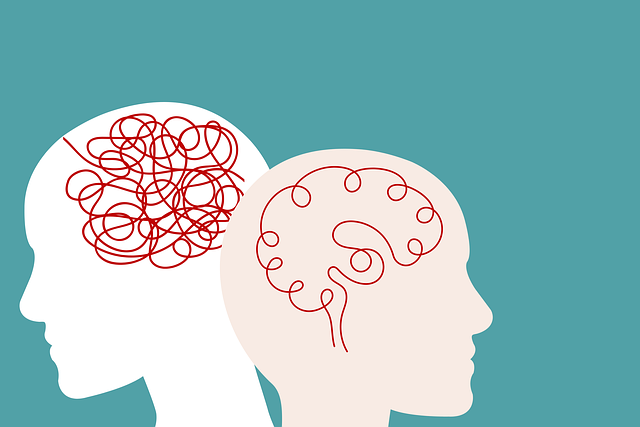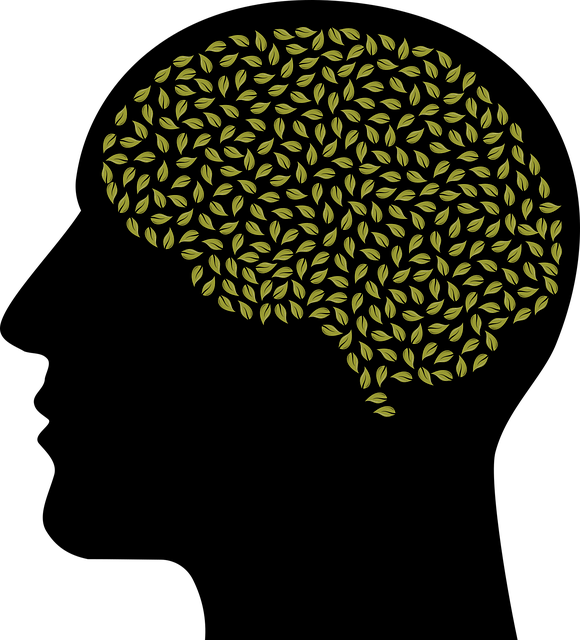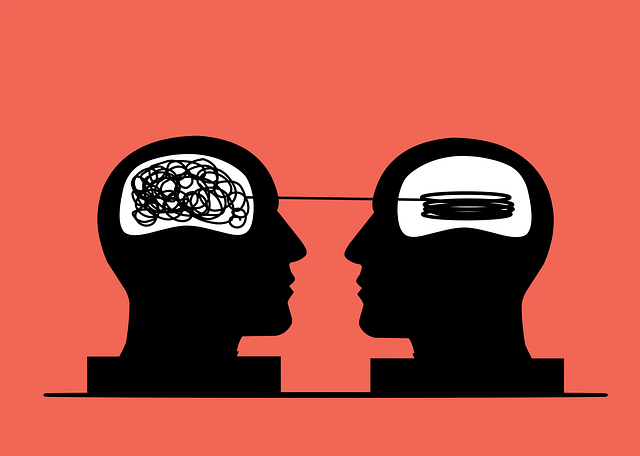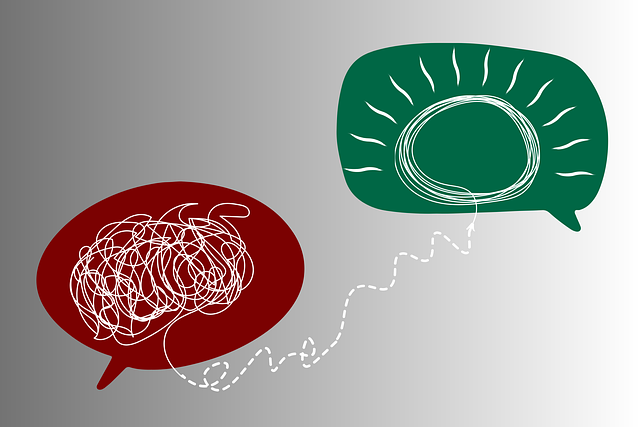Diagnosing mental health conditions in teenagers is challenging due to their developmental stage and changing brain structures, exacerbated by life transitions like starting high school. Early identification through open conversations about mental wellness is key, targeting burnout and depression prevention. Therapy for adolescent teens often includes CBT and mindfulness interventions, boosting self-esteem and empathy to improve diagnosis accuracy. Innovative tools like machine learning algorithms and education programs enhance diagnosis and treatment outcomes, ensuring access to tailored care during these critical periods of growth and transition.
Mental illness diagnoses for adolescents present unique challenges due to fluctuating emotions, developing brains, and often undiagnosed comorbidities. This article delves into the intricacies of enhancing diagnosis accuracy, exploring key factors like major life transitions that can impact assessments. We discuss innovative therapy approaches tailored for adolescent teens, highlighting recent research advancements in diagnostic tools. Additionally, we emphasize the critical role of improving access to quality care, specifically focusing on therapy for adolescents navigating life’s challenges.
- Understanding Mental Health Diagnoses for Teens: Challenges and Gaps
- The Impact of Major Life Transitions on Diagnosis Accuracy
- Innovative Therapy Approaches for Adolescent Mental Health
- Enhancing Diagnostic Tools: Recent Research and Developments
- Improving Access to Quality Care for Teen Mental Illness
Understanding Mental Health Diagnoses for Teens: Challenges and Gaps

Diagnosing mental health conditions in teenagers presents unique challenges due to the complexity of adolescent development and changing brain structures. This period is marked by significant major life transitions, such as starting high school, navigating social dynamics, and exploring identity, which can impact an individual’s emotional resilience. The process of reaching a diagnosis often involves piecing together intricate puzzles, as symptoms may vary widely between individuals and sometimes overlap with developmental milestones or other transitional phases.
Professionals face the daunting task of differentiating normal adolescent behavioral shifts from potential indicators of underlying mental health struggles. Burnout prevention and depression prevention strategies are crucial here, as early identification can significantly improve treatment outcomes. By fostering open conversations about mental wellness, we can create environments where teens feel empowered to seek help without stigma, ensuring a brighter future for themselves and their peers.
The Impact of Major Life Transitions on Diagnosis Accuracy

Major life transitions can significantly impact the accuracy of mental illness diagnoses, particularly in adolescents and teens. Periods of change, such as starting high school, moving to a new city, or experiencing the death of a loved one, can trigger or exacerbate existing mental health conditions. During these times, young individuals may exhibit symptoms that mimic those of other developmental stages, making diagnosis more complex. For instance, stress related to major life events might be misinterpreted as typical teenage mood swings or anxiety, leading to misdiagnosis or delayed treatment.
Therapy for adolescent teens often involves addressing the unique challenges posed by these transitions. Strategies aimed at self-esteem improvement and confidence boosting can aid in better communication with healthcare providers. Empathy building strategies are also crucial, as understanding the context of a patient’s life story helps professionals interpret symptoms accurately. By incorporating these approaches, mental health practitioners can enhance diagnosis accuracy, ensuring that adolescents receive the most appropriate care for their specific needs during this vulnerable period of growth and transition.
Innovative Therapy Approaches for Adolescent Mental Health

Innovative therapy approaches are transforming adolescent mental health support, targeting key areas such as major life transitions. Therapies like cognitive behavioural therapy (CBT) and mindfulness-based interventions equip teens with essential coping skills to navigate stress, anxiety, and depression. By incorporating communication strategies that foster open dialogue, professionals create safe spaces for adolescents to express their feelings and concerns.
These forward-thinking methods also delve into the mind over matter principles, helping young individuals challenge negative thought patterns and build resilience. Moreover, risk management planning becomes a crucial component when mental health professionals employ these innovative approaches. This involves teaching teens strategies to predict and mitigate potential risks, ensuring they have the tools to maintain stability and navigate their mental health journey effectively.
Enhancing Diagnostic Tools: Recent Research and Developments

In recent years, a significant focus has been on enhancing mental illness diagnostic tools, particularly for adolescents navigating major life transitions. Research in this area has led to innovative developments that aim to improve accuracy and reliability. One notable advancement is the integration of advanced technology into assessment processes. For instance, machine learning algorithms are being refined to analyze complex data sets, including patterns in speech, facial expressions, and behavior, which can aid in early detection of mental health disorders. These tools have shown promise in identifying subtle changes that may indicate underlying issues, especially during critical developmental stages.
Furthermore, the field of psychology is exploring novel therapeutic approaches tailored for adolescent teens. Therapy models are evolving to incorporate evidence-based practices, such as cognitive-behavioral therapy (CBT) and mindfulness techniques, which can be highly effective in managing anxiety, depression, and other common mental health concerns among this demographic. Additionally, Mental Health Education Programs Design have gained traction, focusing on raising awareness and promoting early intervention through conflict resolution techniques and confidence-boosting activities, ultimately contributing to more accurate diagnoses and improved treatment outcomes.
Improving Access to Quality Care for Teen Mental Illness

Ensuring access to quality mental health care for adolescent teens is a significant step in improving diagnosis accuracy and overall well-being. Many young individuals struggle with navigating major life transitions, which can manifest as various mental illnesses. By providing accessible therapy options tailored to their needs, we can significantly enhance early intervention and treatment. This involves addressing specific challenges unique to adolescents, such as integrating therapeutic approaches that cater to their developmental stage.
Implementing strategies like encouraging self-care routine development for better mental health and teaching conflict resolution techniques can empower teens to manage their moods effectively. Quality care should also involve educating both teens and their families about the importance of consistent therapy sessions and fostering an environment that promotes open communication, thereby improving overall mental health outcomes.
Mental health diagnoses for adolescents present unique challenges, with major life transitions playing a significant role in accuracy. Understanding these complexities is crucial to improving care. Recent research highlights the potential of innovative therapy approaches tailored for adolescent teens, such as those focusing on stress and resilience. Enhancing diagnostic tools through advanced research and developments ensures more precise evaluations. Ultimately, increasing access to quality mental health care during these formative years is essential to fostering healthier futures for our young adults, especially when navigating major life transitions.














